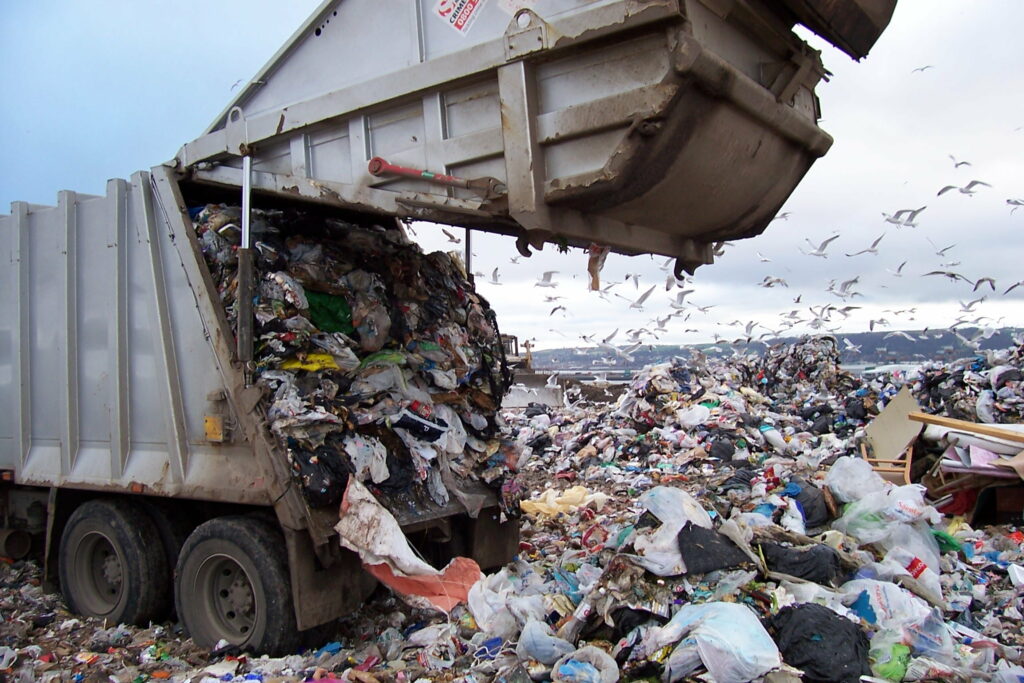The implementation of new waste regulations is a pivotal moment in the world of environmental policy. Today, we witness the initiation of two vital environmental levies that are set to reshape the landscape of waste management in Ireland. In this article, we will delve into the details of these changes, their potential implications, and why they matter for the future of waste management.

The New Waste Levies Unveiled
Two long-anticipated environmental levies have come into effect today, marking a significant milestone in Ireland’s commitment to sustainable waste management.
A Closer Look at the Levies
Landfill Levy Increase (€10 per tonne): The existing landfill levy of €75 per tonne has been augmented by €10 per tonne, reflecting a stronger push to reduce landfilling.
Incineration Levy (€10 per tonne): For the first time, an incineration levy of €10 per tonne has been introduced, encompassing incineration, co-incineration, and waste export. This move seeks to address the rising incineration of materials like paper, cardboard, plastic, and vehicle tires, which are potential recyclables.
Zero Waste Alliance Ireland’s Perspective
Zero Waste Alliance Ireland commends these changes, especially the inclusion of gasification and pyrolysis in the incineration levy scope. This new legislation is poised to contribute approximately €14 million annually to the government’s Circular Economy Fund, with a projected revenue of €30 million for the year ahead. However, our organisation is greatly disappointed by the relatively low rate of the incineration levy for several reasons.
Firstly, the low levy may inadvertently encourage the shift of municipal waste toward incineration, a move that is not aligned with the principles of sustainable waste management.
Secondly, while landfilling is not an ideal waste disposal method, mass burning in incineration plants or co-incineration in cement plants is only marginally better, emitting significant greenhouse gases and producing toxic bottom ash.
Thirdly, the low incineration levy is out of sync with similar levies in other EU member states, such as Denmark (€70 per tonne) and the Netherlands (€35 per tonne).
Misleading Legislation Titles
Additionally, we express our concern regarding the misleading title of the Statutory Instrument introducing the incineration levy in our 2022 submission which you can read here. It is titled the “Circular Economy (Waste Recovery Levy) Regulations 2023,” which does not accurately reflect the levy’s purpose or potential to encourage waste reduction, reuse, or recycling.
A Final Word
The implementation of these new waste regulations is a significant step forward in Ireland’s journey toward sustainable waste management. While there are positive aspects, such as increased funding for the Circular Economy Fund, concerns linger about the low incineration levy and the misleading language in the legislation title.
We urge all stakeholders to consider the long-term implications of these regulations and to strive for waste management practices that truly align with the principles of sustainability and circularity.
Join us in advocating for transparent and environmentally responsible waste management policies. Let us work together to ensure that our waste management practices contribute to a healthier planet and a more sustainable future for Ireland.
Want to learn more? Consider joining us as a member! Don’t hesitate to contact us with any waste related queries. Why not also support us by donating, no matter how big or small, everything helps!
References
(1) Waste Management (Landfill Levy)(Amendment) Regulations 2023; SI No. 398 of 2023.
(2) Circular Economy (Waste Recovery Levy) Regulations 2023; SI No. 406 of 2023.
